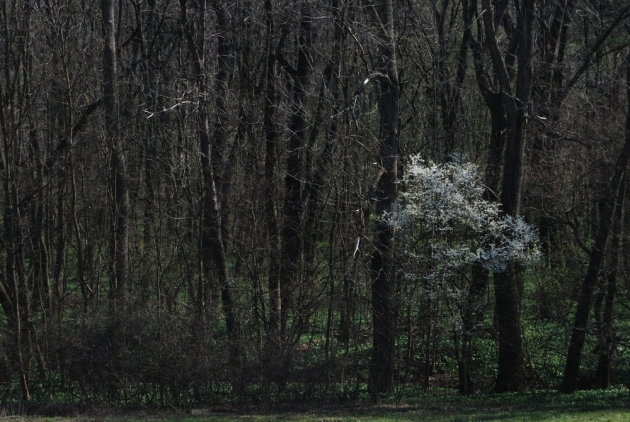Basavel na plazi: Roma (Gypsy) Festival by Dive Maky
As a Canadian, when I used to think of gypsies (or more properly, Roma) I thought of colourful dresses, energetic music, and wood covered wagons. When I first heard Central Europeans speak about the Roma at college in the States, I was horrified, they seemed so racist. After being in Slovakia, I began to understand complications of the situation of the Roma in Central Europe.
The Roma (or Romani, or Romany) originate from India and spread throughout Europe during the medieval ages. As nomadic people, they had various skills, like metalwork and carpentry, that they used to gain employment while camped on the outskirts of a town. The nomadic lifestyle was not so compatible with modern country borders, however. During Communism in Slovakia they were provided with housing and other needs, however, women were also subjected to coerced sterilization and the men lost the skills they traditionally had used for finding employment.
Roma are different from Slovaks in more ways than just skin colour. As groups, their behaviour is completely different; imagine packs of Italians in Germany. In public, Slovaks are reserved and somewhat cold (although not in private with friends). Gypsies, on the other hand, will have yelling matches in the town square. Roma have their own completely different language. They also have many children; some Slovaks are inclined to think it is a way to get more money from the government, but I’m inclined to wonder if it has to do with their traditional emphasis on and value of children and the tight knit extended family.
The Romany people have faced discrimination in various degrees throughout Europe since their arrival, and were a target of the Nazi regime. In Slovakia, at any time before 1989, I would attribute discrimination to simple racism. Since then, however, the problem is a little more complicated.










